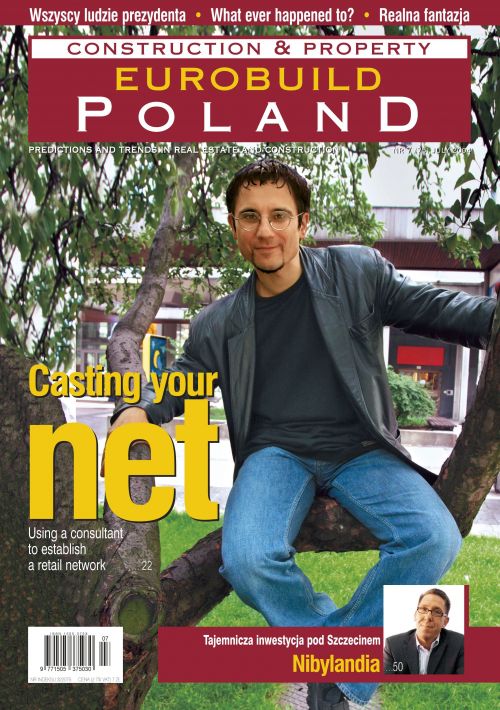Low flying airport
Estudio Lamela was established in Spain 50 years ago. Its portfolio contains office buildings, sports stadia and residential developments. Undoubtedly one of its greatest challenges is now being realised with work under way on the expansion of Madrid's Barajas airport. When finished in 2005 the airport capacity will double, to 70 million passengers annually. Spanish figures claim that this will make Madrid airport the third busiest in Europe.
Bullish about aviation
Estudio Lamela's architects were given a budget of around EUR 1 billion , i.e. a quarter of the whole budget to develop the airport. They designed 6 car parks with a total of 9,000 spaces, a terminal and a passenger pier for embarkment. The terminal, though huge, does not overwhelm since its open structure imparts a sense of lightness. However, when you see it you immediately feel the Spanish influence due to the characteristic shape of the roof which evokes a bull's horns.
Growth by absorption
Cooperation between Estudio Lamela and Ferrovial of Spain, the major shareholder of Poland's Budimex, resulted in the architects of Madrid airport being awarded the contract to design Warsaw's Okęcie airport's terminal 2 as well. By forming a consortium, these three companies won the tender, worth USD 198.85 mln, to construct the terminal as well as the infrastructure around the airport. Building got under way this May. The Spanish-designed terminal will connect with the existing terminal and stand to its right. The new 730-metre passenger pier will engulf the air-traffic control tower, the latter thus becoming an integral part of the terminal. The new facilities will cover an area of 100,000 sqm (twice that of the existing terminal), will have an annual capacity of 6.5 million passengers, space for 3,800 cars and a new bus station. There are plans too for a railway station linking the airport to the city and its suburbs.
A concrete proposal
Arturo Lopez-Bachiller, project head and senior designer of Okęcie airport's new terminal claims that the Madrid and Warsaw projects have very much in common, a statement difficult to agree with. Barajas will feature modern, attractive architecture, but Okęcie Terminal 2 will be reminiscent of Warsaw's concrete central railway station. Arturo Lopez-Bachiller argues otherwise, "In terms of concept, the two terminals are similar especially regarding the wish to introduce natural light and to facilitate the movement of passengers". His boss Carlos Lamela stresses that the differences between the two projects stem from the sizes of their respective budgets (Euro 1 bln in Madrid and USD 200 mln in Warsaw), and also from the fact that the construction of Terminal 2 is a temporary solution, since Warsaw requires a new, much larger airport.





















































